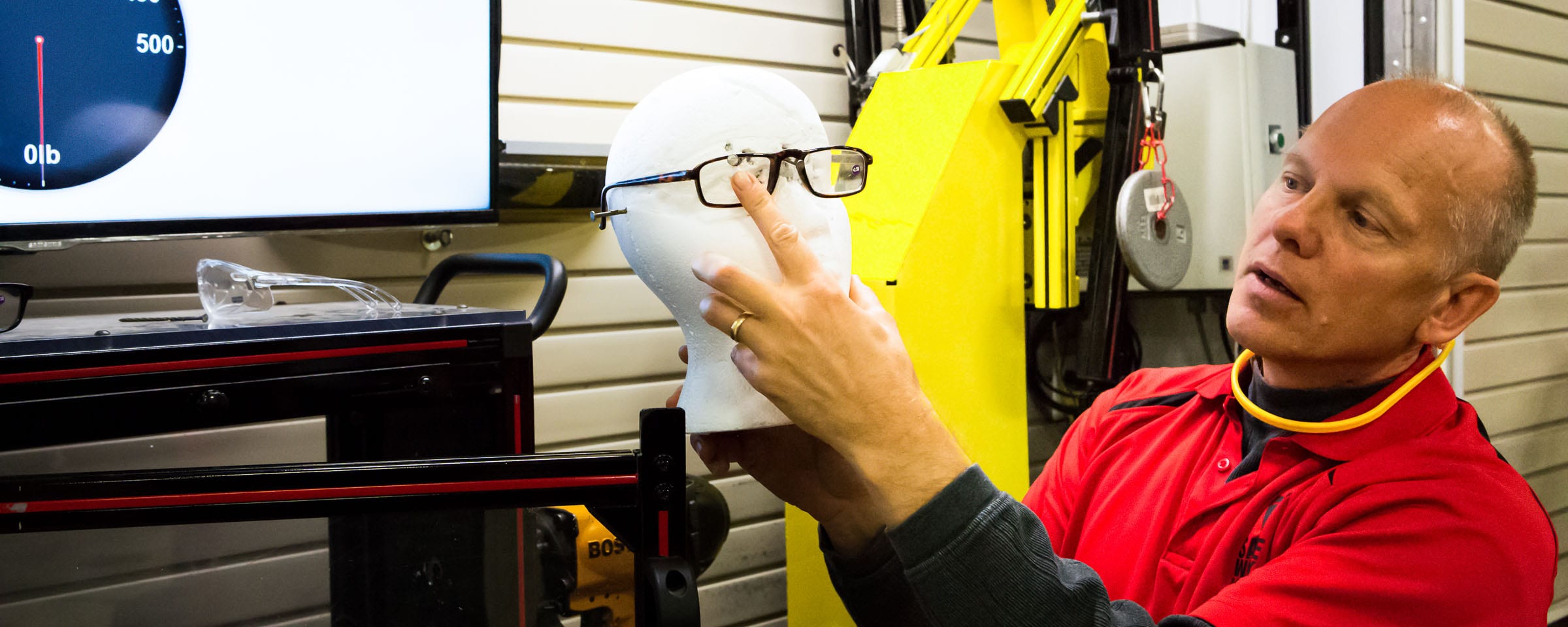


A hazard is an event or physical condition that has the potential to cause fatalities, injuries, property damage, infrastructure damage, damage to the environment, interruption of business, or other types of loss. There are two main types of hazards:
A safety hazard is something that has the potential to cause an injury, ie. physical harm o damage to a person as a result of contact between the body and an outside agent, or from exposure to environmental factors.
Examples of safety hazards: Falls, pinch points, sharp edges or points, moving parts, etc.
A health hazard is something that has the potential to cause adverse health effects (illness). Some health hazards have an acute effect on a person’s health, which means that they affect the person’s health immediately or very soon after exposure.
Some health hazards have a chronic effect, where the effects of exposure develop over time, usually from repeated exposure or if there is time between exposure and illness. There are five categories of health hazards, as described below.
Examples of health hazards:
RRC Polytech campuses are located on the lands of the Anishinaabeg, Ininiwak, Anishininwak, Dakota Oyate, and Denésuline, and the National Homeland of the Red River Métis.
We recognize and honour Treaty 3 Territory Shoal Lake 40 First Nation, the source of Winnipeg’s clean drinking water. In addition, we acknowledge Treaty Territories which provide us with access to electricity we use in both our personal and professional lives.